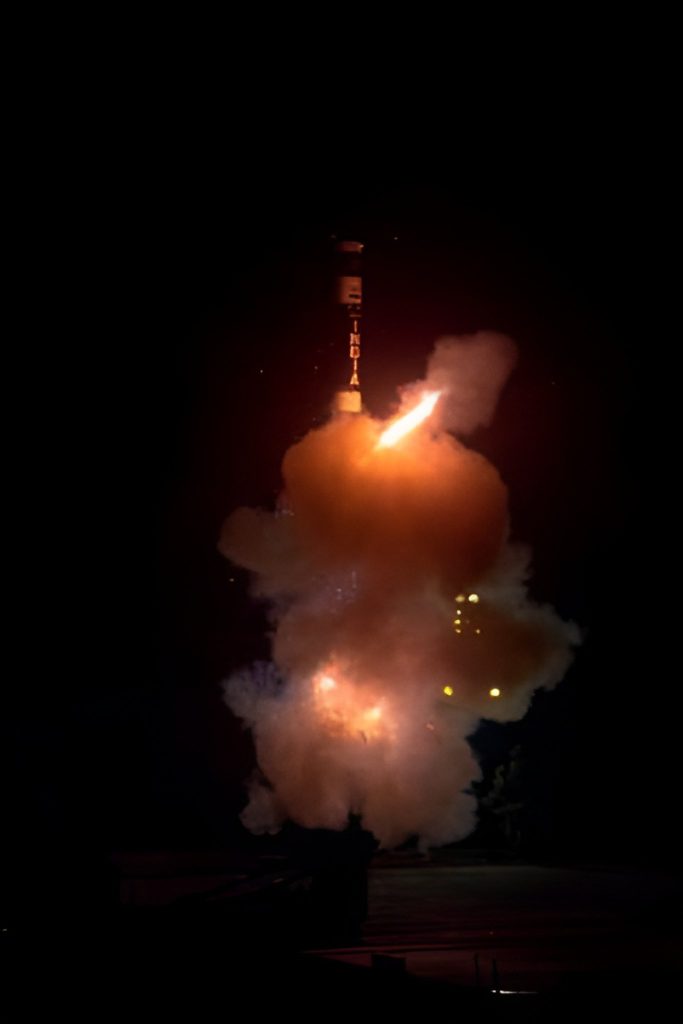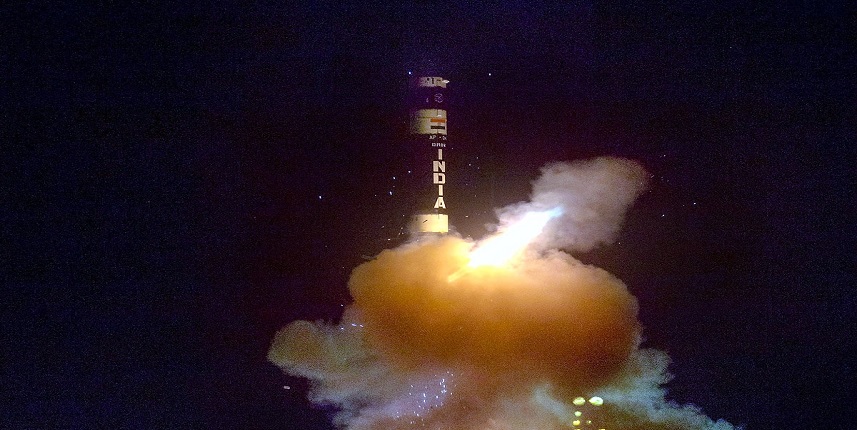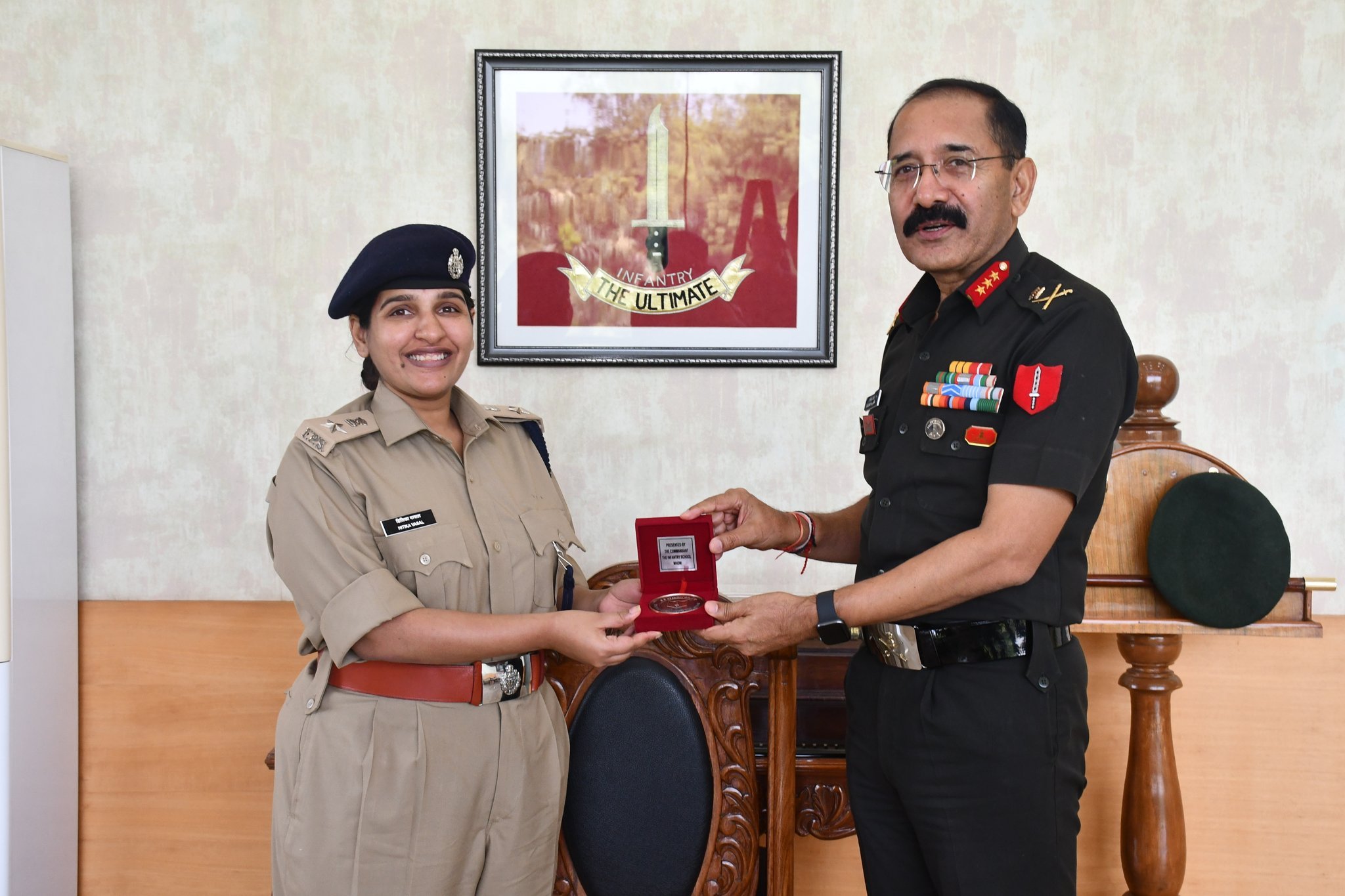In a significant display of technological prowess, India conducted a successful test of the new-generation nuclear-capable Agni-Prime ballistic missile, further fortifying its strategic deterrence capabilities.
The test, conducted by the tri-service Strategic Forces Command (SFC) along with the Defence Research and Development Organisation (DRDO), took place at the Abdul Kalam Island off the coast of Odisha on Wednesday night.
The Agni-Prime, designed with a strike range spanning from 1,000 to 2,000 kilometers, underwent its second “pre-induction night trial,” meeting all trial objectives with impeccable precision.
The defence ministry confirmed the missile’s reliable performance, validated through data captured by a network of range sensors deployed at various locations, including two downrange ships stationed at the terminal point.

The launch witnessed the presence of eminent officials, including Chief of Defence Staff General Anil Chauhan, SFC Chief Vice Admiral Suraj Berry, and senior officials from the armed forces and DRDO.
Defence Minister Rajnath Singh hailed the successful test, expressing confidence that the induction of the Agni-Prime missile would serve as a potent force multiplier for the armed forces.
The Agni-Prime, equipped with advanced propulsion systems, composite rocket motor casings, and sophisticated navigation and guidance systems, represents a significant advancement in India’s missile technology.
Notably, it adopts a canister-launch system akin to the Agni-V, enhancing operational flexibility by allowing for long-term storage and swift deployment via rail or road.
The successful development and eventual induction of the Agni-Prime missile will bolster India’s strategic deterrence capabilities, replacing the existing Agni-I missiles in the arsenal of the SFC.
The Agni series, which includes missiles like Prithvi-2, Agni-2, Agni-3, and Agni-5, forms a critical component of India’s national security architecture.
Of particular significance is the recent flight-test of the Agni-5 intercontinental ballistic missile (ICBM) with multiple warheads (MIRVs), marking a significant leap forward in India’s strategic deterrence capabilities.
The inclusion of MIRVs enables a single missile to carry multiple nuclear warheads, enhancing its ability to target multiple locations simultaneously.
The successful test of the Agni-Prime underscores India’s commitment to achieving self-reliance in defence production and advancing its technological capabilities.
With the continued development and induction of indigenous missile systems, India reaffirms its position as a responsible global player committed to maintaining peace and stability in the region.















